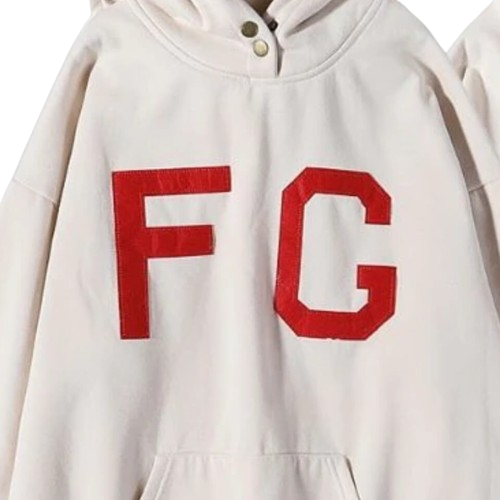Fashion has always been an ever-evolving expression of creativity, culture, and identity. As society changes, so does the way we dress, combining Essentials functionality with style to meet the demands of both practicality and self-expression. Today, fashion is defined not just by the clothes we wear, but by the trends that reflect the cultural climate, technological innovations, and personal choices of individuals around the world.
The Rise of Streetwear and Casual Fashion
One of the most significant shifts in fashion in recent years has been the rise of streetwear. What started as a subculture born in urban communities Essentials Sweatshirt particularly in skateboarding, hip-hop, and graffiti art, has now become a dominant force in the fashion world. With brands like Supreme, Off-White, and A Bathing Ape gaining worldwide recognition, streetwear has pushed the boundaries of traditional high fashion, blurring the lines between luxury and everyday wear. Hoodies, oversized tees, sneakers, and statement accessories are now integral parts of everyday wardrobes, making fashion more comfortable, accessible, and inclusive.
Sustainable and Ethical Fashion
As awareness about environmental and social issues continues to grow, sustainability has become a key concern in the fashion industry. From fast fashion’s detrimental effects on the planet to the exploitation of garment workers, many consumers are pushing for change Essentials Tracksuit Designers and brands are responding by incorporating more eco-friendly materials, adopting ethical labor practices, and promoting slow fashion over mass production. Materials like organic cotton, bamboo, and recycled fabrics are gaining popularity, while brands like Patagonia and Stella McCartney lead the charge in creating more sustainable collections. The rise of secondhand shopping, upcycling, and clothing rental services has also contributed to a more sustainable fashion ecosystem.
The Digital Revolution and Fashion Technology
The digital age has transformed the way fashion is created, consumed, and marketed. Virtual fashion shows, social media influencers, and e-commerce have become pivotal aspects of the industry. Platforms like Instagram, TikTok, and Pinterest have given rise to “fast trends” driven by real-time viral moments, making it easier for consumers to stay up-to-date with the latest styles. Moreover, technological advancements have enabled the development of innovative fabrics, such as smart textiles that can change color, regulate temperature, or track vital signs.
3D printing is another technological breakthrough that has made its mark on the fashion industry, allowing designers to create intricate, customizable garments that were once unimaginable. Virtual fashion, where users can try on clothes in a digital environment, has also become a reality, with brands like Balenciaga and Gucci exploring this new frontier. As fashion increasingly intersects with technology, the boundaries between the physical and digital worlds are becoming more fluid, reshaping how we think about style and self-expression.
Inclusive Fashion Diversity and Representation
Another significant trend in modern fashion is the move toward inclusivity and diversity. In recent years, there has been a growing demand for fashion to cater to people of all shapes, sizes, ethnicities, and genders. The industry has seen an increasing number of plus-size models, gender-neutral clothing lines, and designs that reflect a more global perspective. Brands like Fenty by Rihanna and Savage X Fenty have pioneered inclusive beauty and lingerie, challenging the traditional standards of beauty and body image.
The representation of diverse voices in fashion is not limited to size and ethnicity; it also extends to age, disability, and gender. Designers and brands are recognizing the importance of making fashion accessible to all people, allowing them to express themselves freely and without limitations.
Timeless Classics and the Revival of Vintage
While modern fashion is characterized by fast-changing trends, there is also a resurgence of timeless, classic styles. Vintage fashion, often sourced from past decades, has seen a revival in recent years. Thrift stores and online marketplaces have become treasure troves for people looking to discover unique pieces with a sense of history. Designers are also drawing inspiration from past eras, remixing vintage styles with modern sensibilities to create something both nostalgic and new. The classic little black dress, tailored suits, and leather jackets have stood the test of time and continue to be staples in many wardrobes today.
Conclusion The Future of Fashion
Fashion is a reflection of our ever-changing world, shaped by culture, technology, and the needs of the modern consumer. As we look to the future, the key trends that define contemporary fashion will continue to evolve, with sustainability, inclusivity, and technological innovation playing significant roles. From the rise of streetwear to the integration of fashion and digital technology, the essentials of modern fashion are diverse and dynamic, offering endless possibilities for self-expression and creativity.






